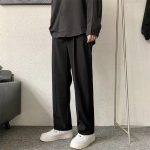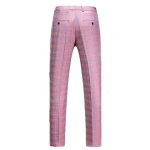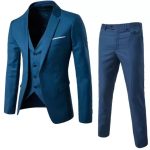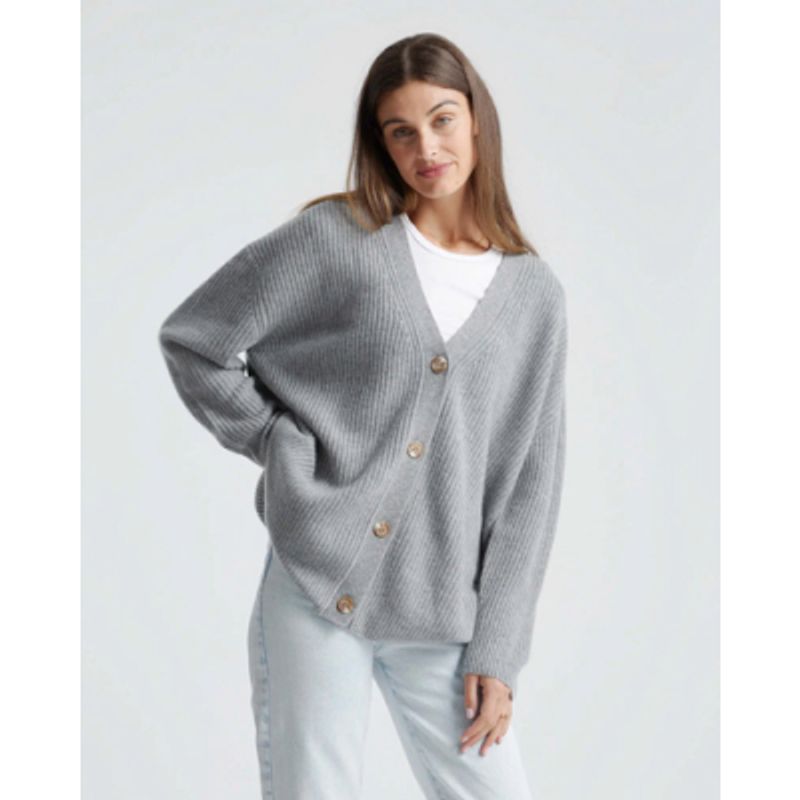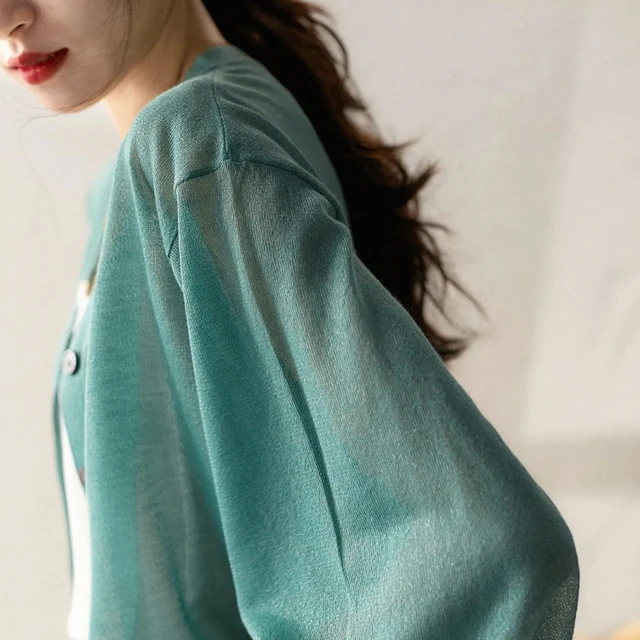Sweater materials, when it comes to men’s sweaters, the sweater materials are critical factor that determines not only the comfort and feel but also the warmth, durability, and overall appearance. The best material for a men’s sweater is subjective and depends on individual needs, preferences, and the specific occasions for wearing it. Here, we will discuss various materials commonly used in men’s sweaters and their respective benefits and considerations.

Wool
Wool is one of the most traditional and popular materials for men’s sweaters due to its excellent insulation. Within wool, there are several types, each with unique qualities:
Merino Wool:
Merino is prized for its fine fibers, making it one of the softest types of wool available. It’s breathable, moisture-wicking, and has natural temperature-regulating properties, making it suitable for both cold and milder weather. Merino wool sweaters are also less prone to itching than other wool types.
Lambswool:
Sourced from the first shearing of a sheep, typically around seven months old, lambswool is soft, smooth, and hypoallergenic. It’s comfortable and provides good warmth, making it a popular choice for casual and formal wear.
Shetland Wool:
This wool comes from the Shetland sheep of Scotland and is known for its durability and warmth. It’s thicker and may feel coarser than Merino or lambswoil, but it’s excellent for rugged, outdoor sweaters.
Cashmere:
Cashmere wool comes from the soft undercoat of cashmere goats. It is renowned for its luxurious softness, lightweight warmth, and elegant sheen. However, cashmere can be delicate and often demands more careful handling and maintenance.

Cotton
Cotton is a lightweight and breathable material that’s ideal for men’s sweaters intended for warmer climates or seasons. It’s soft, easy to care for, and tends to be less expensive than wool or cashmere. Cotton sweaters can range from casual to smart-casual, making them versatile pieces in a man’s wardrobe.
Synthetic Fibers
Synthetic materials like acrylic, polyester, and nylon are often used in sweaters for their resistance to shrinkage and moths. They are also typically more affordable than natural fibers:
Acrylic:
Acrylic sweaters are lightweight and can mimic the feel and appearance of wool. They’re easy to maintain and are resistant to moths and mildew.
Polyester:
Polyester is durable and resistant to wrinkles and shrinking. It’s often blended with other fibers to add these qualities to the sweater.
Nylon:
Nylon is strong and elastic, often added to sweater blends to improve shape retention and durability.
Blends
Blended materials combine natural fibers like wool or cotton with synthetic fibers to offer a balance of comfort, durability, and ease of care. Blends are designed to maximize the benefits of each material, often resulting in a sweater that is comfortable, holds its shape well, and may be more affordable than pure fiber garments.
Silk
Silk is a luxurious material that’s soft to the touch and naturally hypoallergenic. It’s less common in men’s sweaters but can be found in blends to add a subtle sheen and smooth texture. Silk-blend sweaters can be ideal for dressier occasions where a touch of elegance is desired.
Linen
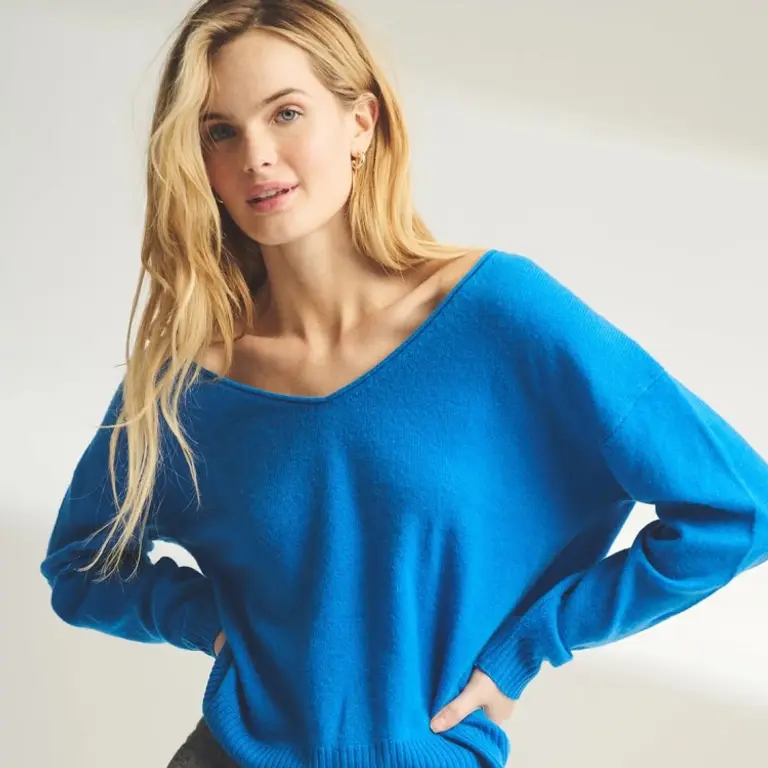
Linen is another natural fiber known for its breathability and strength. It’s particularly well-suited to spring and summer sweaters due to its lightweight properties. Linen tends to have a unique, crisp texture and can lend a more structured look to a sweater.
Considerations When Choosing Sweater Material
- Climate and Season: Choose a material that aligns with the temperature and weather conditions you’ll be in. Wool and cashmere are better for cold weather, while cotton and linen are ideal for warmer temperatures.
- Occasion: Consider where you’ll be wearing the sweater. Cashmere and silk blends are suitable for formal settings, while wool and cotton are more versatile for various occasions.
- Care and Maintenance: Natural fibers like wool and cashmere typically require more care, such as hand washing or dry cleaning, while cotton and synthetic materials are often machine washable.
- Durability: If you need a sweater that will withstand frequent wear, consider more durable materials like Shetland wool or synthetic blends.
- Comfort and Allergies: Some people are sensitive to certain materials like wool. In such cases, softer wools like Merino, cotton, or synthetic fibers may be more comfortable.
- Budget: Natural fibers like cashmere and high-quality wools can be expensive, while cotton and synthetic materials are usually more cost-effective.
Advancements in Sweater Materials

Sweaters have come a long way from their traditional origins, continually evolving with advancements in technology and a growing emphasis on sustainability. In this article, we will explore two significant advancements in sweater materials: eco-friendly and sustainable options and technological innovations. These advancements aim to address environmental concerns and enhance the functionality and performance of sweaters.
- Eco-friendly and Sustainable Options:a. Organic Cotton:
Organic cotton is produced without the use of synthetic pesticides or fertilizers. It promotes healthier soil, minimizes water consumption, and reduces the carbon footprint associated with conventional cotton production. Sweaters made from organic cotton offer a sustainable alternative that prioritizes both the environment and consumer health.b. Recycled Materials:
Many brands now incorporate recycled materials, such as polyester derived from plastic bottles, into sweater production. This approach minimizes waste and reduces the demand for new raw materials, contributing to a circular economy. Recycled sweaters provide a guilt-free option for environmentally conscious consumers.c. Hemp:
Hemp is a versatile and sustainable fiber with numerous benefits. It requires little water and no pesticides, making it an eco-friendly choice. Hemp sweaters have excellent durability and breathability, making them suitable for a range of climates and activities.d. Bamboo:
Bamboo is a fast-growing plant that requires minimal water and has a high yield. Sweaters made from bamboo fibers are soft, lightweight, and have natural moisture-wicking properties. The cultivation of bamboo also helps improve air quality by absorbing carbon dioxide. -
Technological Innovations:

a. Microfibers:
Microfibers are ultra-thin synthetic fibers that provide enhanced performance characteristics to sweaters. They offer exceptional breathability, moisture-wicking capabilities, and insulation while being lightweight. Microfiber sweaters are popular among athletes and outdoor enthusiasts due to their comfort and functionality.b. Smart Fabrics:
Advances in technology have led to the creation of smart fabrics embedded with sensors and electronic components. These fabrics can monitor body temperature, heart rate, and other physiological data. Sweaters enhanced with smart fabrics offer added functionality, particularly in the realm of sports and fitness.c. Nanotechnology:
Nanotechnology involves manipulating materials at the atomic and molecular level to improve their properties. In the context of sweaters, nanotechnology can enhance fabric durability, stain resistance, and water repellency. Nanotechnology-treated sweaters ensure longevity and easier maintenance, reducing the need for frequent replacements.d. Thermal Insulation:
Innovations in thermal insulation materials have revolutionized sweater technology. Advanced insulating materials, such as synthetic fibers with hollow cores or reflective coatings, provide superior warmth while maintaining a lightweight design. These sweaters offer exceptional insulation capabilities without sacrificing comfort or mobility.
How to clean men’s sweaters
Cleaning a men’s sweater properly is essential to maintain its shape, texture, and color over time.
The process varies based on the material and the specific care instructions provided by the manufacturer. Below is a comprehensive guide on how to clean a men’s sweater for different types of materials, along with general tips and tricks to keep your sweaters looking their best.
Understanding the Label
The first step in cleaning any sweater is to read the care label. This tag provides crucial information about the fiber content and how to wash, dry, and iron the garment without causing damage. It’s important to follow these instructions carefully to avoid shrinking, stretching, or felting the fabric.
Wool sweaters require gentle handling due to their delicate fibers.
- Spot Cleaning: For small stains, spot clean with a mild detergent and cold water without soaking the entire sweater.
- Hand Washing: Fill a basin with lukewarm water and add a wool-safe detergent. Submerge the sweater and gently agitate the water with your hands. Soak for up to 10 minutes.
- Rinsing: Rinse the sweater in cold water until the detergent is completely washed out. Avoid wringing or twisting the fabric.
- Drying: Lay the sweater flat on a clean towel, roll it up to remove excess moisture, and then reshape it on a dry towel. Dry away from direct heat or sunlight.
Conclusion
Choosing the right material for a men’s sweater comes down to balancing factors such as warmth, comfort, appearance, care requirements, and cost. Whether you opt for the luxury of cashmere, the robustness of wool, the breathability of cotton, or the practicality of synthetics, understanding the properties and benefits of each material will help you select the perfect sweater for any occasion, season, or personal style preference. Remember to consider the long-term aspects of care and durability to make the most out of your investment.
